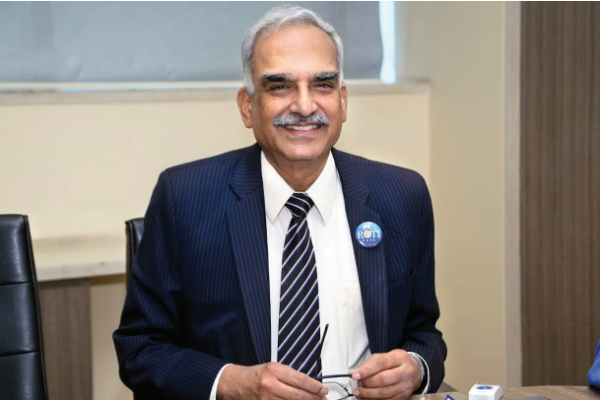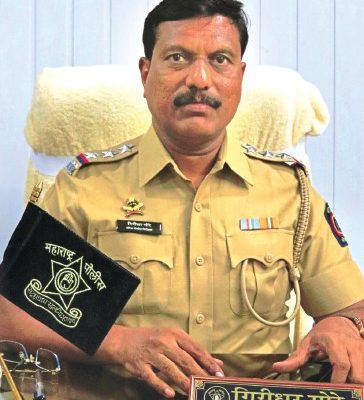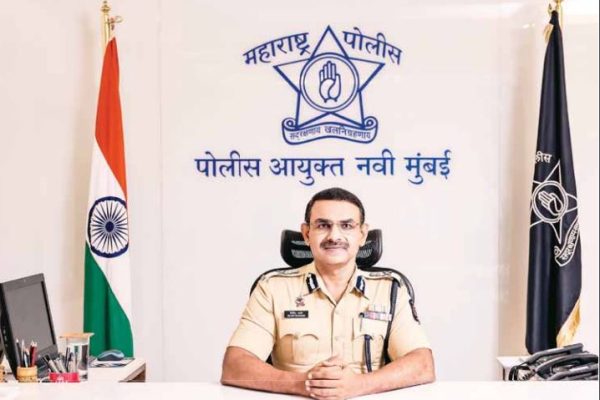
Cyber Security: Insulating Yourself from Scams
Cybercrime is progressing at an incredibly fast pace, with new trends constantly emerging. Cybercriminals are becoming more agile, exploiting new technologies with lightning speed, tailoring their attacks using new methods, and cooperating with each other in ways we have not seen before. D. Sivanandhan, Former Director-General of Police (Retd), Maharashtra, who was also the former…



